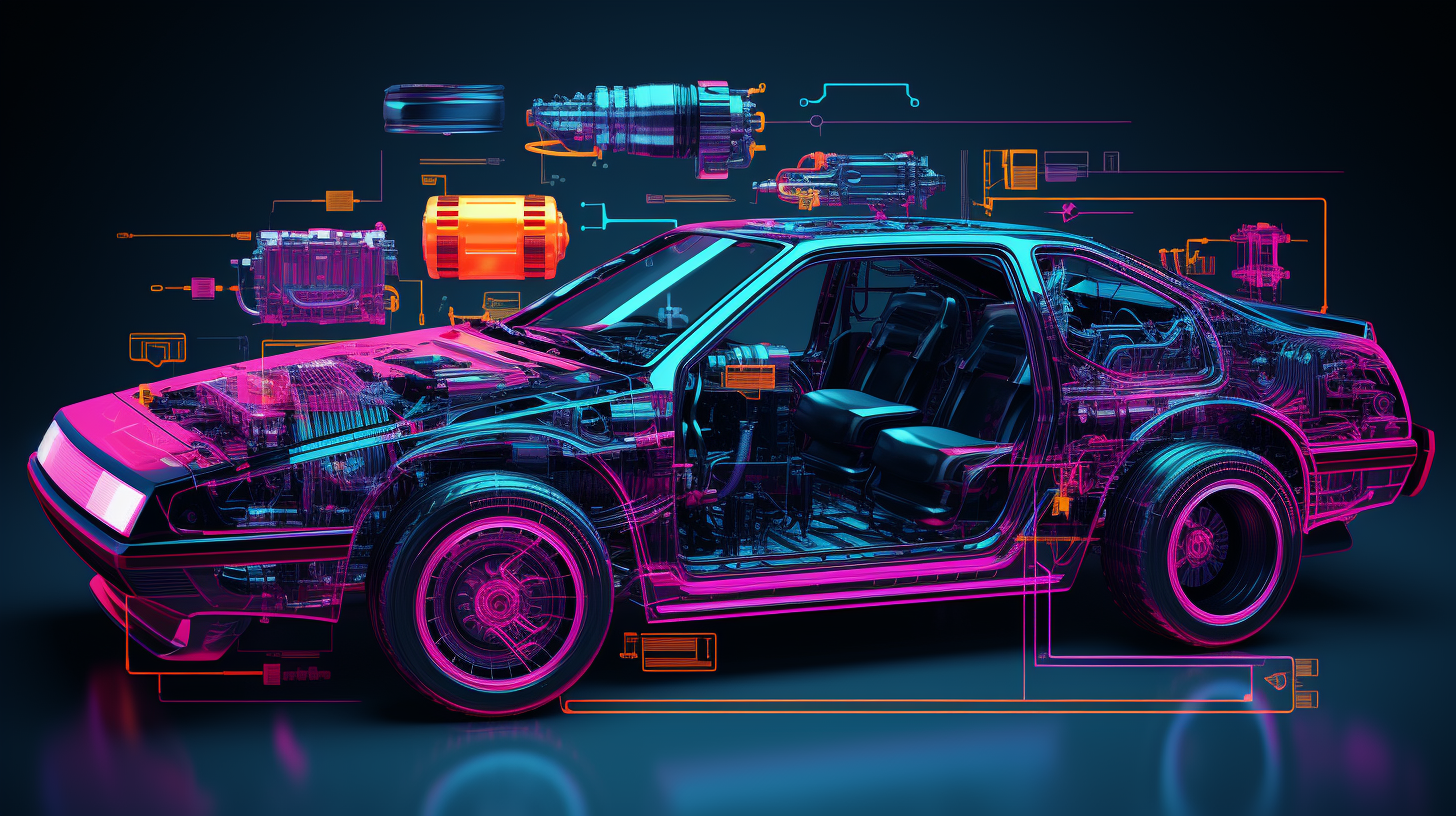Understanding System Interactions

When you drive a car, you're not just turning a key and pressing pedals—you're commanding a symphony of interconnected systems that work harmoniously to offer a seamless driving experience. A car, in its entirety, is a masterclass in system design, reflecting how multiple components, each with its unique function, come together to create a cohesive, holistic entity.
The Car: A Holistic System
While a car may seem like a monolithic entity on the surface, beneath the hood lies a web of interconnected components, each communicating and collaborating to deliver an optimal driving experience.

For instance, consider the following interactions:
- Engine & Transmission: The engine sends data about its current RPM to the transmission, which decides the optimal time to shift gears, ensuring efficient power delivery and fuel consumption.
- Dashboard & Sensors: Various sensors, like the fuel level or engine temperature sensor, constantly send data to the dashboard. This enables the driver to have real-time insights into vital system statuses.
- Brakes & Anti-lock Braking System (ABS): When you press the brake pedal, the primary braking system starts slowing down the car. If it detects rapid deceleration that might cause the wheels to lock, the ABS modulates the braking force, preventing skids.
These interactions, among many others, are facilitated by the car's internal communication system, known as the CAN (Controller Area Network) bus.
CAN Bus: The Data Highway Inside Your Car

In the 1980s, as cars became more electronically sophisticated, there was a burgeoning need for a more efficient system to allow various electronic components to communicate without an extensive and complex wiring harness. The solution was the CAN bus, a robust vehicle bus standard designed to allow microcontrollers and devices to communicate with each other's applications without a host computer.
Acting as the nervous system of the car, the CAN bus is crucial because:
- It Reduces Complexity: Without the CAN bus, each component would need a direct connection to every other component, making the system vastly complicated and heavy.
- Real-time Communication: With the CAN bus, components can share data in real-time, ensuring immediate reactions to changing conditions. For example, if a car starts skidding, the ABS can instantaneously receive data about wheel speed and take corrective action.
- Fault Diagnosis: Modern cars come equipped with diagnostic tools that leverage the CAN bus to monitor the health of various subsystems. If a component malfunctions, the CAN bus helps pinpoint the issue, facilitating easier and quicker repairs.
Chassis: The Framework for Solutions
In the automotive world, the chassis plays a pivotal role. The structural framework supports the car's body and all its components. More than just physical support, the chassis defines how these parts interact, ensuring they work together synchronously, without conflicts or overlaps.

A notable example in the realm of software development is the choice of frameworks like Angular or React. These frameworks, like a car's chassis, provide a foundational blueprint upon which applications are built. They define how components interact, how data flows between them, and how they can be orchestrated to achieve the desired functionalities. However, their flexibility is the real magic of these frameworks, much like a chassis.
Take, for instance, a situation where different companies might use the same underlying engine (backend logic) and brakes (control systems) but decide to present them differently, giving them a unique look and feel. Similarly, a software solution's underlying logic might remain consistent, but how it is presented to the end user differs drastically depending on whether Angular or React is used. Angular might offer a more feature-rich and integrated solution, while React provides flexibility and component reusability, each with its unique aesthetic and functionality.
This mirrors the automotive industry, where car manufacturers might use standardized components like engines or brakes but employ different chassis designs. Two cars could have the same powerful engine, but one might be a sleek sports car while the other is a rugged SUV. The difference? Their chassis—the framework upon which they're built- shapes their form, function, and user experience.
Driving Ahead: The Journey Forward
Having set the stage with an understanding of the car as a holistic system and the significance of its foundational framework, our exploration doesn't end here. In the upcoming series, we'll delve deeper into the fascinating world of design patterns—drawing parallels between the meticulous design and function of a car's components and the ingenious patterns that drive efficient software systems.
Each article will offer insights into a specific design pattern, enriched with code examples, elucidating its relevance in the context of a car's design and operation. From understanding the Singleton pattern through the lens of a car's engine to the Strategy pattern reflected in a transmission system, we're gearing up for an exciting drive through the design, function, and innovation landscape.

So, buckle up and stay tuned for a journey that promises to be enlightening, intriguing, and transformative! 🙏
